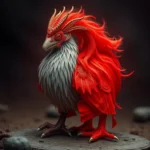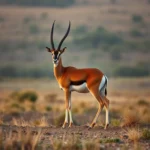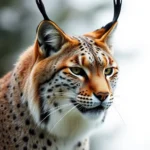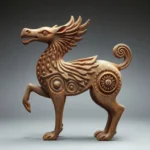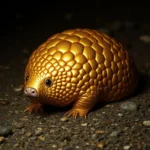The Symbolism of Lineback Cattle: A Deep Dive into Their Meaning and Spiritual Significance
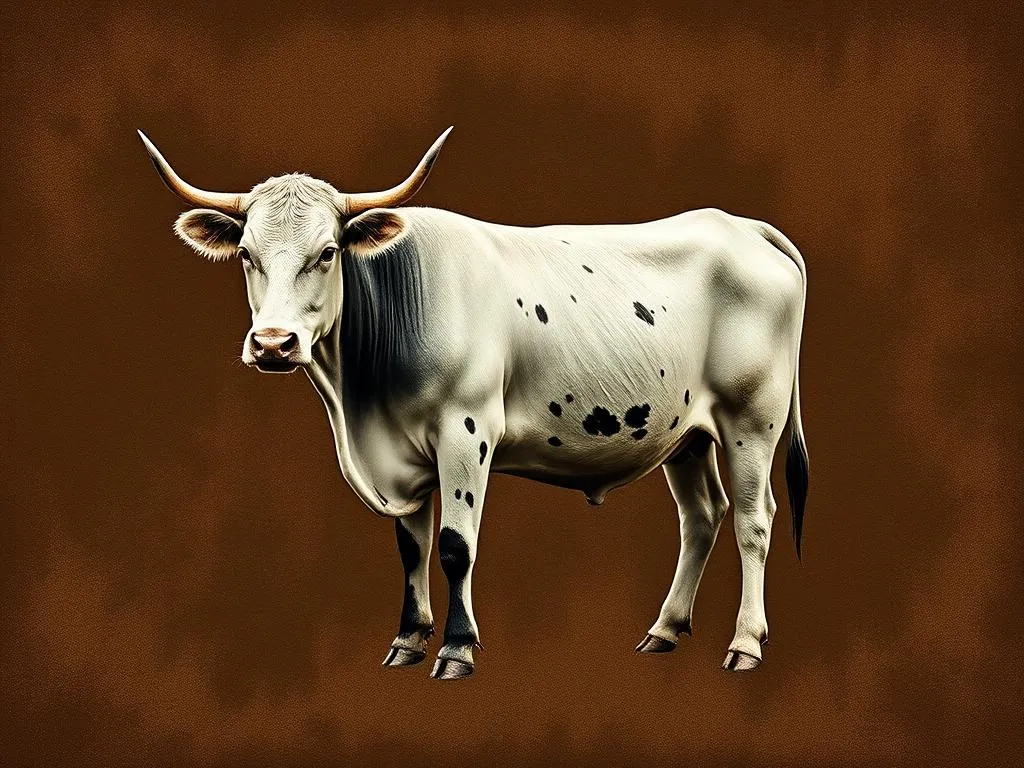
Disclaimer: Some images on this website are AI-generated artworks and may not accurately represent real animals.
Lineback cattle, with their distinctive appearance and rich history, hold profound symbolism and meaning in various cultures. Understanding the symbolism of Lineback cattle allows us to appreciate their role not only in agriculture but also in spiritual and cultural narratives. This post explores their history, characteristics, behaviors, and the deeper meanings associated with these remarkable animals.
Understanding Lineback Cattle
History and Origin
Lineback cattle have a storied lineage that dates back centuries. Originating in the British Isles, they were valued for their hardiness and adaptability to various environments. The breed was initially developed for milk and meat production, making them a staple on farms. As time progressed, their unique traits were selected for, leading to the distinct Lineback characteristics we see today.
These cattle are predominantly found in the UK, especially in regions like England and Wales, where they thrive in the temperate climate. Their historical significance is intertwined with traditional farming practices, where they played a crucial role in sustaining families and communities.
Physical Characteristics
One of the most striking features of Lineback cattle is their unique appearance. They typically exhibit a white coat with dark markings along their backs, which is where the name “Lineback” comes from. This visual characteristic not only makes them easily identifiable but also symbolizes their connection to the earth and agricultural heritage.
| Feature | Description |
|---|---|
| Coat Color | Predominantly white with dark lines |
| Size | Medium to large |
| Build | Muscular and robust |
| Horns | Both horned and polled varieties |
In comparison to other cattle breeds, Lineback cattle are somewhat smaller than breeds like Angus or Hereford but are known for their efficiency in converting feed into meat and milk. Their unique markings and sturdy build contribute to their symbolism of strength and resilience.
Behavioral Traits
Lineback cattle are known for their calm and sociable nature. They tend to be gentle and easy to manage, making them popular among farmers. Their social behavior reflects a strong herd mentality, which is essential in understanding their symbolism.
The temperament of Lineback cattle, often described as friendly and nurturing, aligns with their role as providers in agricultural settings. This nurturing aspect influences their symbolism, representing not only physical sustenance but also emotional support and connection to community.
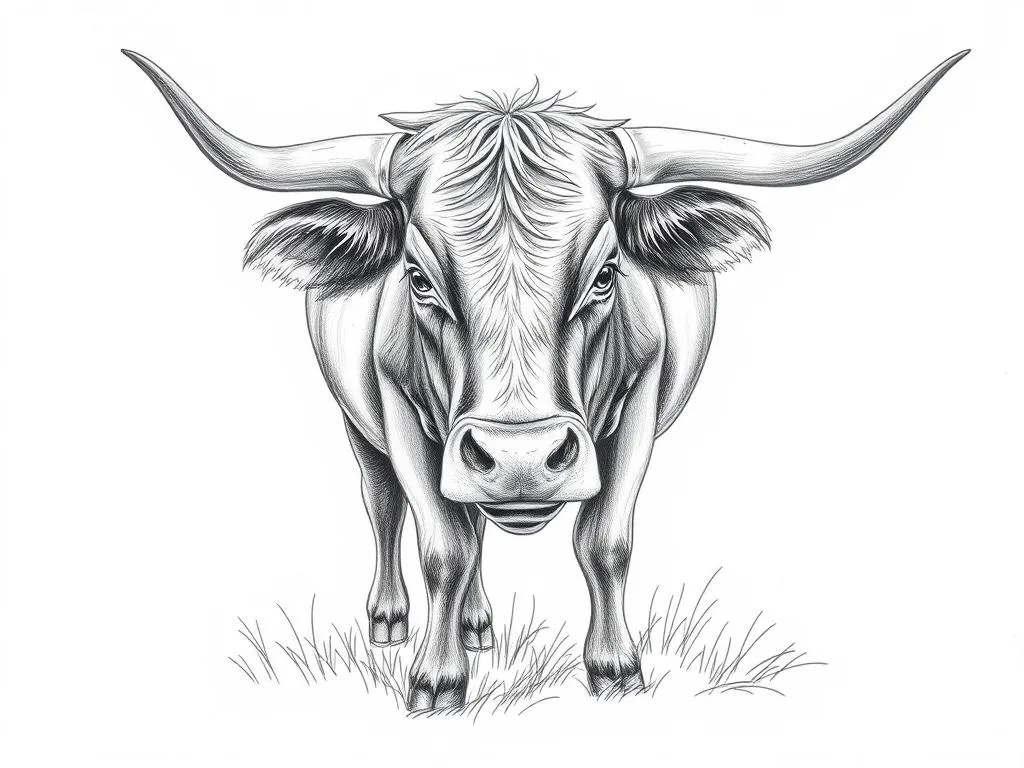
Symbolism & Spiritual Meaning
Strength and Resilience
At the heart of the symbolism of Lineback cattle lies strength and resilience. These animals have adapted to various environments and challenges, making them exemplary symbols of endurance. Their ability to thrive in less-than-ideal conditions resonates deeply with those who admire their tenacity.
In many cultures, strength is associated with stability and reliability, qualities that Lineback cattle embody. They remind us of the importance of perseverance and the ability to withstand life’s challenges, offering a source of inspiration for individuals seeking strength during tough times.
Nurturing and Fertility
Lineback cattle also symbolize nurturing and fertility, reflecting their vital role in agriculture. As providers of milk and meat, they contribute significantly to the sustenance of human populations. Their maternal instincts, especially in female cattle, further emphasize the symbolism of motherhood and care.
In spiritual contexts, nurturing is often linked to growth, both personally and within communities. The presence of Lineback cattle represents not only physical nourishment but also emotional and spiritual sustenance, reinforcing bonds among family and friends.
Connection to Nature
The relationship between Lineback cattle and the land is profound. These animals are not just part of agricultural practices; they symbolize a deep connection to the earth and its cycles. As they graze on grasslands, they contribute to the health of the ecosystem, playing a role in sustainable farming practices.
This connection to nature highlights the importance of respecting and nurturing the land. Lineback cattle serve as a reminder of our responsibility to care for the environment, promoting sustainability and ecological balance.
Lineback Cattle in Dreams
Common Dream Scenarios
Dreaming of Lineback cattle can evoke various emotions and interpretations. Common scenarios may include:
- Seeing a herd: Symbolizing community and togetherness.
- Caring for a calf: Representing nurturing instincts and new beginnings.
- Grazing peacefully: Indicating a need for tranquility and connection to nature.
Symbolic Meanings
When Lineback cattle appear in dreams, they often carry significant symbolic meanings:
| Dream Scenario | Symbolic Meaning |
|---|---|
| Herd of cattle | Community, support, and togetherness |
| Calf or young cattle | New beginnings, potential, and growth |
| Cattle in a field | Abundance, stability, and contentment |
Each dream featuring Lineback cattle can reflect personal circumstances or emotions, providing insight into one’s life journey.
Cultural Interpretations
Different cultures have unique beliefs regarding cattle in dreams. In many agricultural societies, dreaming of cattle is seen as a sign of prosperity and abundance. In contrast, some spiritual traditions view cattle as messengers or guides, urging individuals to reflect on their life paths and connections to nature.
Modern Interpretations
Cattle in Contemporary Culture
In today’s world, Lineback cattle continue to play a vital role in agriculture. They are celebrated for their efficiency and adaptability, making them popular choices for sustainable farming practices. Livestock shows and agricultural fairs often showcase these animals, emphasizing their importance to both farmers and the broader community.
Symbolism in Art and Literature
Lineback cattle have inspired various forms of art and literature. Their distinctive appearance and rich history make them subjects of paintings, sculptures, and stories. Many artists and writers use these cattle to symbolize strength, resilience, and the connection between humans and nature, weaving narratives that celebrate their significance.
Ecological and Ethical Considerations
As society becomes more aware of ecological and ethical concerns, the symbolism of Lineback cattle evolves. They represent not only agricultural productivity but also the need for ethical farming practices. Their presence in sustainable farming serves as a reminder of the importance of caring for the environment while producing quality food.
Key Takeaways
- Strength and Resilience: Lineback cattle symbolize endurance and the ability to overcome challenges.
- Nurturing and Fertility: They represent motherhood and the importance of community support.
- Connection to Nature: Lineback cattle highlight the relationship between agriculture and the environment.
- Dream Interpretations: Their appearance in dreams can signify abundance, stability, and new beginnings.
- Modern Relevance: They embody the ongoing conversation about ethical farming and sustainability.
Conclusion
The enduring legacy of Lineback cattle as symbols of strength, nurturing, and connection to the earth is a testament to their significance in our lives. By exploring their symbolism, we can deepen our understanding of personal growth and our relationship with nature. Each interaction with these remarkable animals invites reflection on our values and the vital role we play in the interconnected web of life. Embracing their symbolism can inspire us to foster resilience, support nurturing relationships, and care for the environment we inhabit.
